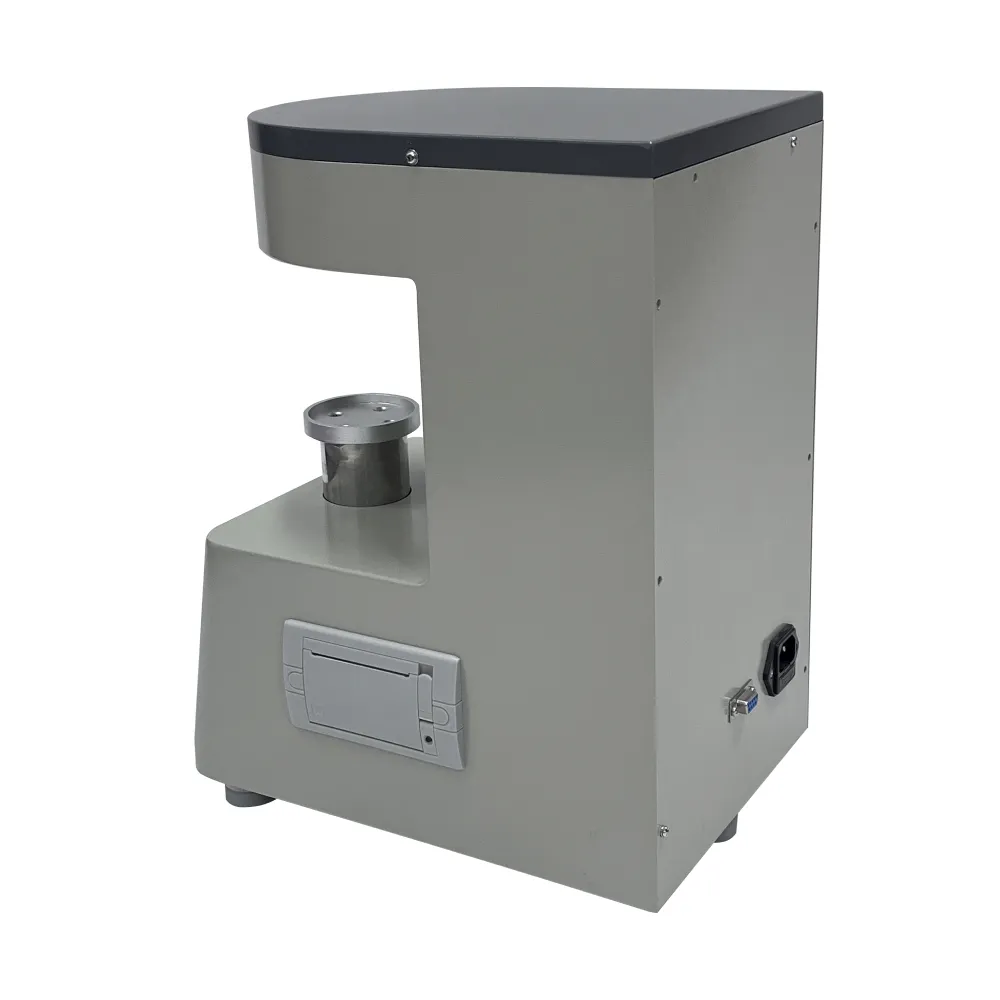 English
English



-
 Afrikaans
Afrikaans -
 Albanian
Albanian -
 Amharic
Amharic -
 Arabic
Arabic -
 Armenian
Armenian -
 Azerbaijani
Azerbaijani -
 Basque
Basque -
 Belarusian
Belarusian -
 Bengali
Bengali -
 Bosnian
Bosnian -
 Bulgarian
Bulgarian -
 Catalan
Catalan -
 Cebuano
Cebuano -
 China
China -
 China (Taiwan)
China (Taiwan) -
 Corsican
Corsican -
 Croatian
Croatian -
 Czech
Czech -
 Danish
Danish -
 Dutch
Dutch -
 English
English -
 Esperanto
Esperanto -
 Estonian
Estonian -
 Finnish
Finnish -
 French
French -
 Frisian
Frisian -
 Galician
Galician -
 Georgian
Georgian -
 German
German -
 Greek
Greek -
 Gujarati
Gujarati -
 Haitian Creole
Haitian Creole -
 hausa
hausa -
 hawaiian
hawaiian -
 Hebrew
Hebrew -
 Hindi
Hindi -
 Miao
Miao -
 Hungarian
Hungarian -
 Icelandic
Icelandic -
 igbo
igbo -
 Indonesian
Indonesian -
 irish
irish -
 Italian
Italian -
 Japanese
Japanese -
 Javanese
Javanese -
 Kannada
Kannada -
 kazakh
kazakh -
 Khmer
Khmer -
 Rwandese
Rwandese -
 Korean
Korean -
 Kurdish
Kurdish -
 Kyrgyz
Kyrgyz -
 Lao
Lao -
 Latin
Latin -
 Latvian
Latvian -
 Lithuanian
Lithuanian -
 Luxembourgish
Luxembourgish -
 Macedonian
Macedonian -
 Malgashi
Malgashi -
 Malay
Malay -
 Malayalam
Malayalam -
 Maltese
Maltese -
 Maori
Maori -
 Marathi
Marathi -
 Mongolian
Mongolian -
 Myanmar
Myanmar -
 Nepali
Nepali -
 Norwegian
Norwegian -
 Norwegian
Norwegian -
 Occitan
Occitan -
 Pashto
Pashto -
 Persian
Persian -
 Polish
Polish -
 Portuguese
Portuguese -
 Punjabi
Punjabi -
 Romanian
Romanian -
 Russian
Russian -
 Samoan
Samoan -
 Scottish Gaelic
Scottish Gaelic -
 Serbian
Serbian -
 Sesotho
Sesotho -
 Shona
Shona -
 Sindhi
Sindhi -
 Sinhala
Sinhala -
 Slovak
Slovak -
 Slovenian
Slovenian -
 Somali
Somali -
 Spanish
Spanish -
 Sundanese
Sundanese -
 Swahili
Swahili -
 Swedish
Swedish -
 Tagalog
Tagalog -
 Tajik
Tajik -
 Tamil
Tamil -
 Tatar
Tatar -
 Telugu
Telugu -
 Thai
Thai -
 Turkish
Turkish -
 Turkmen
Turkmen -
 Ukrainian
Ukrainian -
 Urdu
Urdu -
 Uighur
Uighur -
 Uzbek
Uzbek -
 Vietnamese
Vietnamese -
 Welsh
Welsh -
 Bantu
Bantu -
 Yiddish
Yiddish -
 Yoruba
Yoruba -
 Zulu
Zulu
insulation oil testing
Understanding Insulation Oil Testing A Key to Electrical Equipment Reliability
Insulation oil testing is a critical process in assessing the performance and reliability of electrical equipment, especially transformers and circuit breakers. Insulation oils, primarily mineral oils, serve as both an insulator and a coolant for electrical equipment. Over time, these oils can deteriorate due to thermal stress, moisture, and contamination. Therefore, regular testing of insulation oil is essential to ensure the longevity and safety of electrical systems.
The degradation of insulation oil can lead to serious electrical failures, resulting in unexpected downtimes and costly repairs. By conducting comprehensive testing, operators can detect issues early, which helps prevent catastrophic failures and ensures that equipment runs efficiently. Insulation oil testing typically examines various properties, including dielectric strength, moisture content, acidity, and the presence of particulate contaminants.
Understanding Insulation Oil Testing A Key to Electrical Equipment Reliability
Moisture content in insulation oil is another vital parameter. Water can significantly lower the dielectric strength of the oil and promote the formation of conductive pathways, increasing the risk of short circuits. The presence of moisture can also lead to corrosion and the degradation of internal components, further compromising the system's reliability. Insulation oils can be tested for moisture using techniques such as Karl Fischer titration, which provides accurate measurements of water content.
insulation oil testing

Acidity, measured as the total acid number (TAN), is a key indicator of oil degradation. As insulation oil ages, it can oxidize, leading to the formation of acids that can corrode internal components and disrupt the overall functionality of electrical equipment. High acidity levels suggest that the oil should be replaced to prevent further damage and ensure optimal performance.
Particulate contamination is another concern for insulating oils. Particles can originate from the environment, mechanical wear, or the breakdown of internal components. These particles can interfere with the oil's insulating properties and may cause localized overheating. Test methods such as the particle count analysis can reveal the size and concentration of contaminants, allowing for appropriate remedial measures to be taken.
In addition to these parameters, other tests such as flash point, viscosity, and color can provide further insights into the condition of insulation oil. The flash point test helps assess safety during processing and handling, while viscosity informs about the oil's flow characteristics, which are vital for cooling efficiency.
In conclusion, insulation oil testing is an indispensable part of maintaining electrical systems. By monitoring the properties of insulation oil regularly, operators can ensure not only the efficiency but also the safety and reliability of their equipment. Early detection of potential problems allows for preventive measures that can save time and resources in the long run. As the demand for renewable energy sources and innovative electrical technologies continues to grow, so too does the importance of proper insulation oil testing in ensuring the robustness of electrical infrastructure. This proactive approach is essential to meet the challenges posed by modern electrical demands and to ensure that equipment remains operational for years to come.
-
Testing Equipment Industry Sees Major Advancements in 2025: Smart & Precision Technologies Lead the WayNewsJun.06,2025
-
Applications of Direct Current Generators in Renewable Energy SystemsNewsJun.05,2025
-
Hipot Tester Calibration and Accuracy GuidelinesNewsJun.05,2025
-
Digital Circuit Breaker Analyzer Features and BenefitsNewsJun.05,2025
-
Benefits of Real-Time Power Quality Monitoring Devices for Industrial EfficiencyNewsJun.05,2025
-
Earth Fault Loop Testing in High-Rise Building Electrical SystemsNewsJun.05,2025



